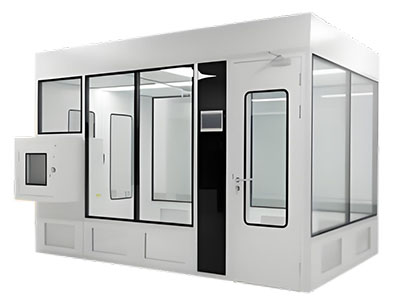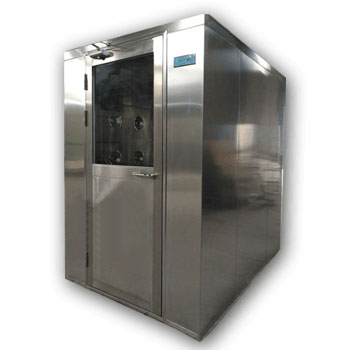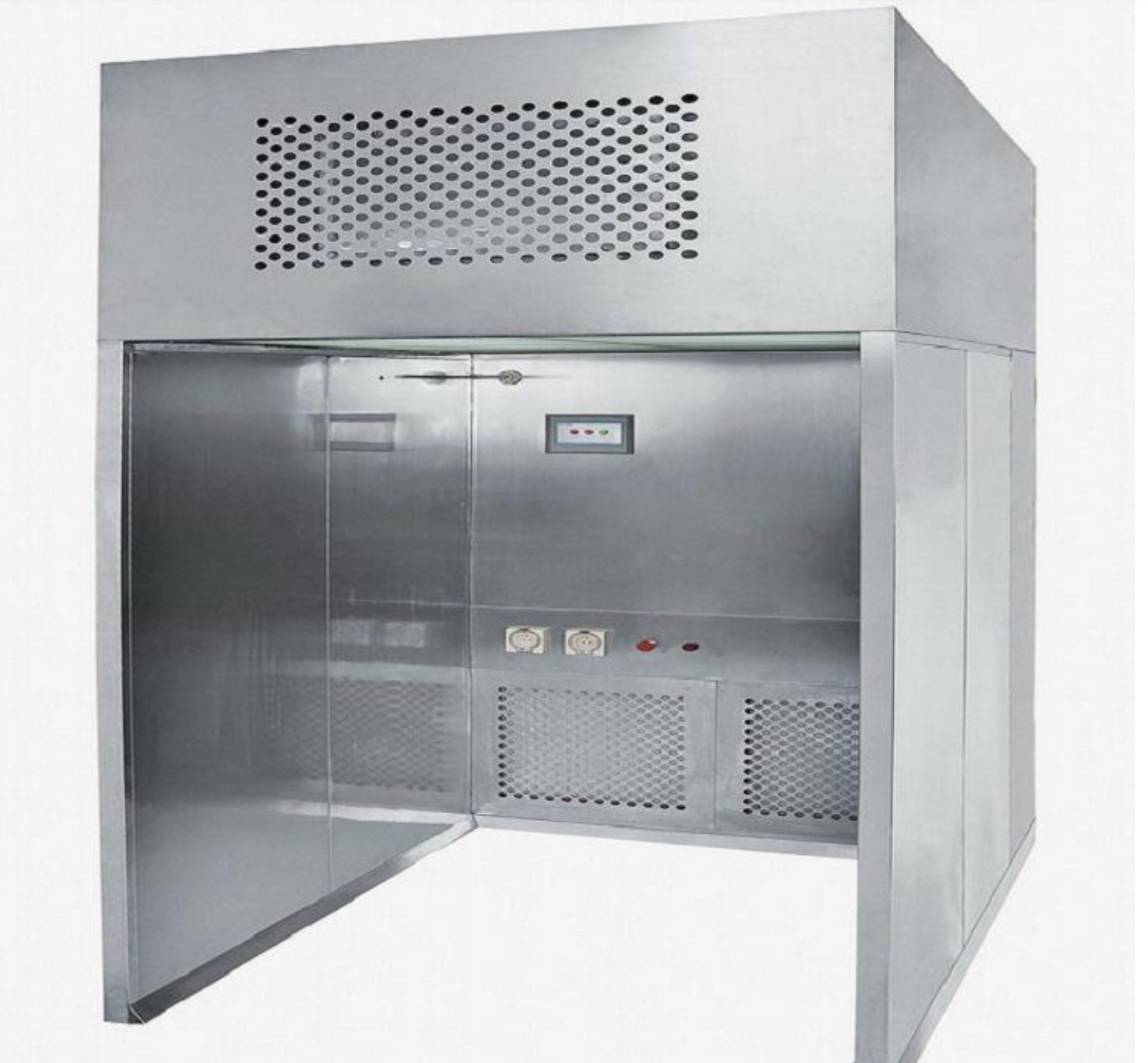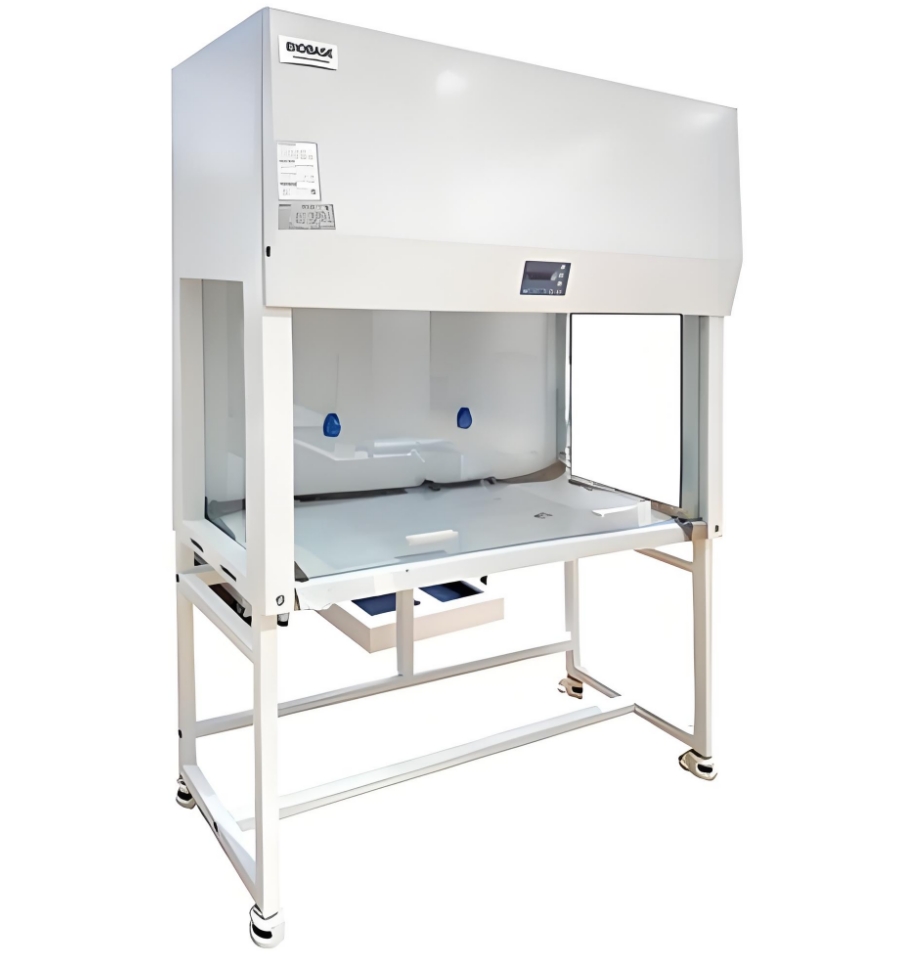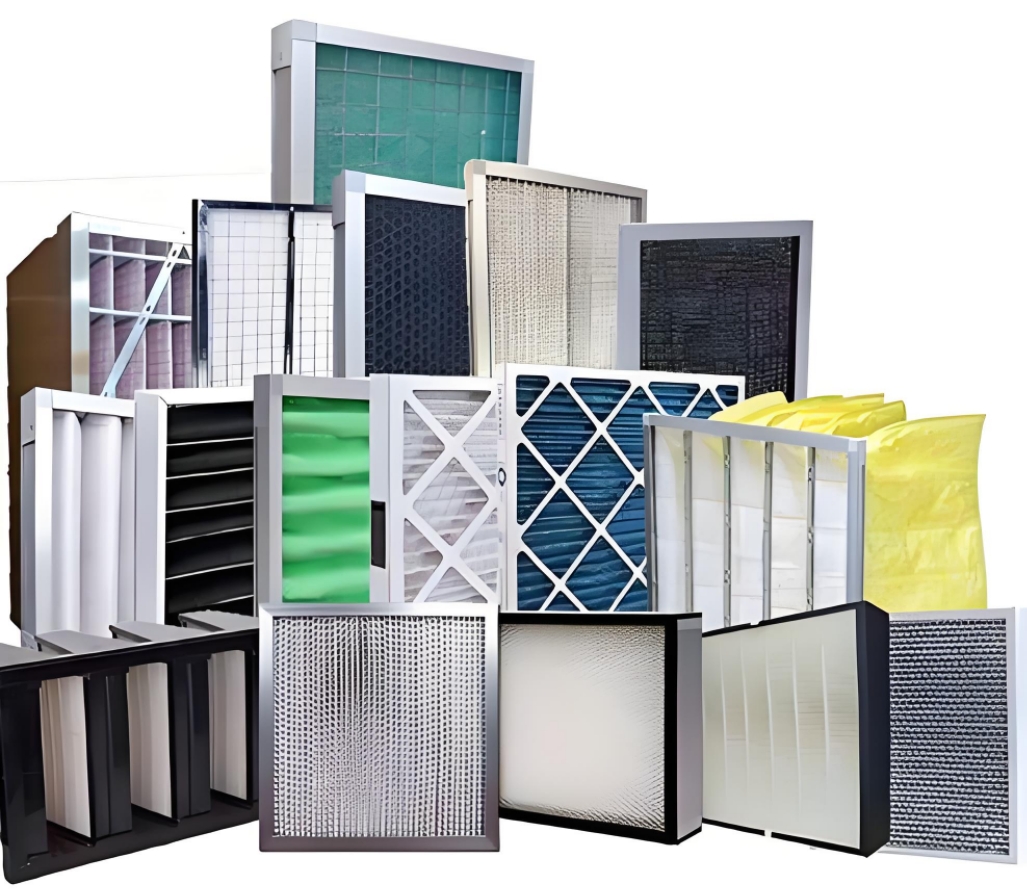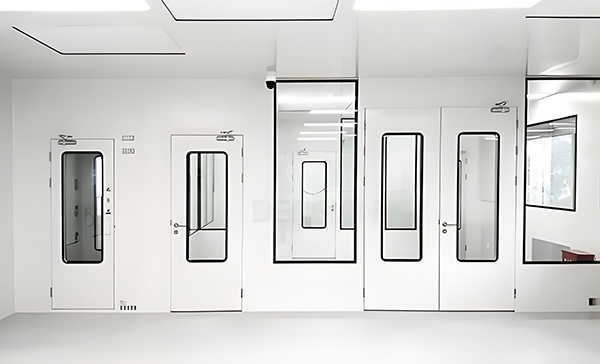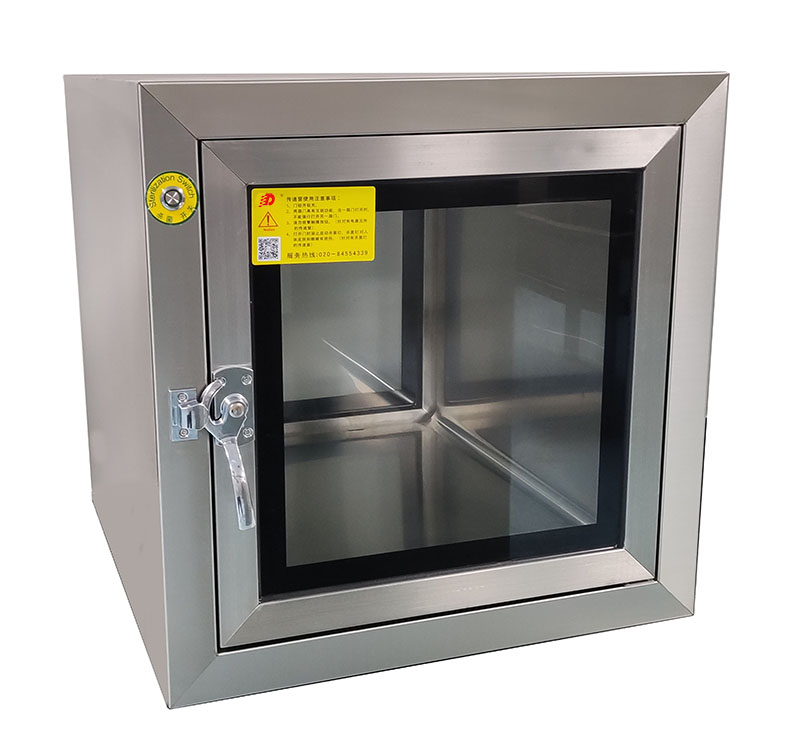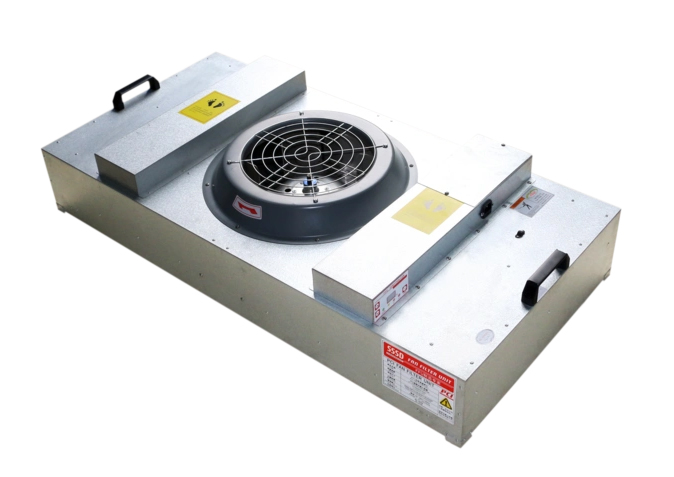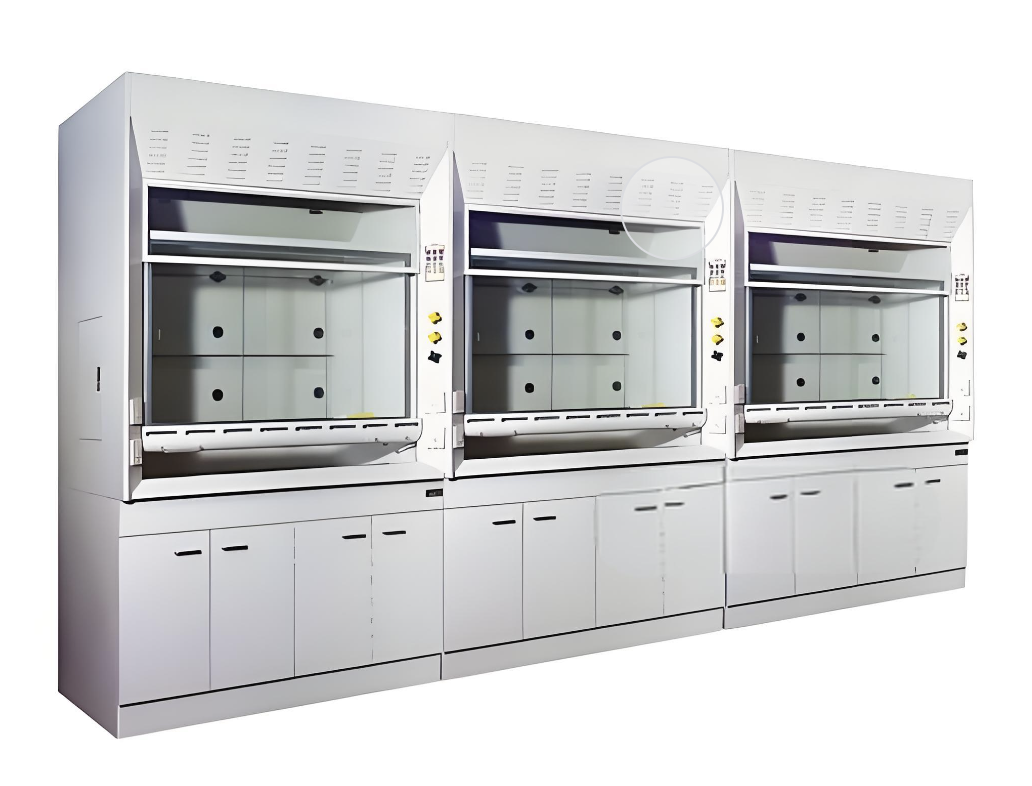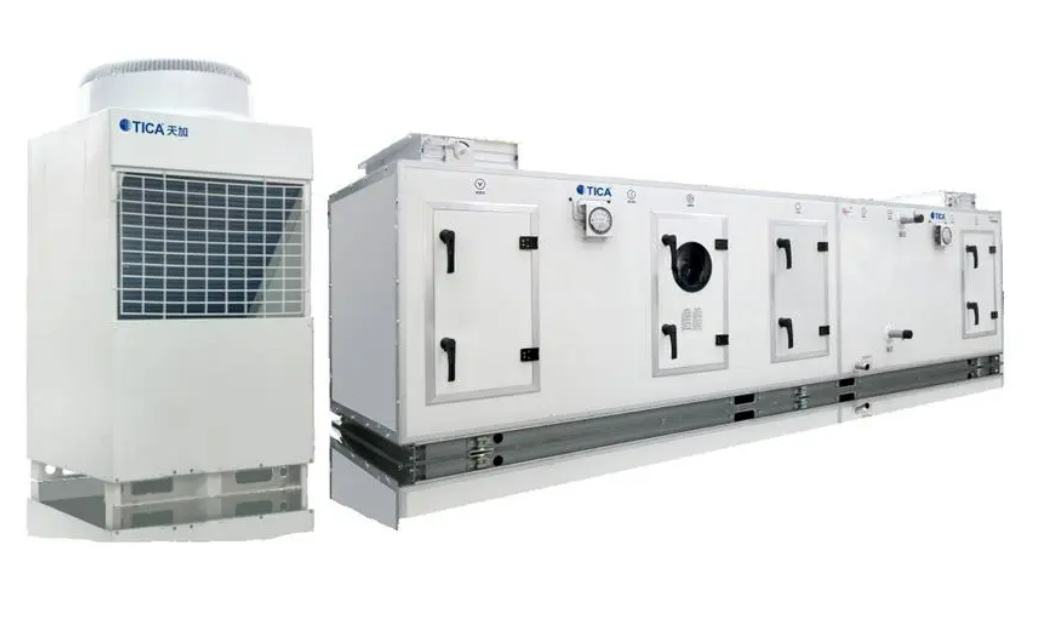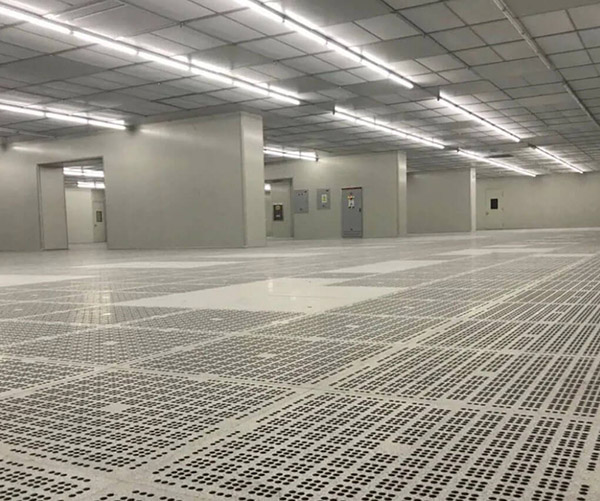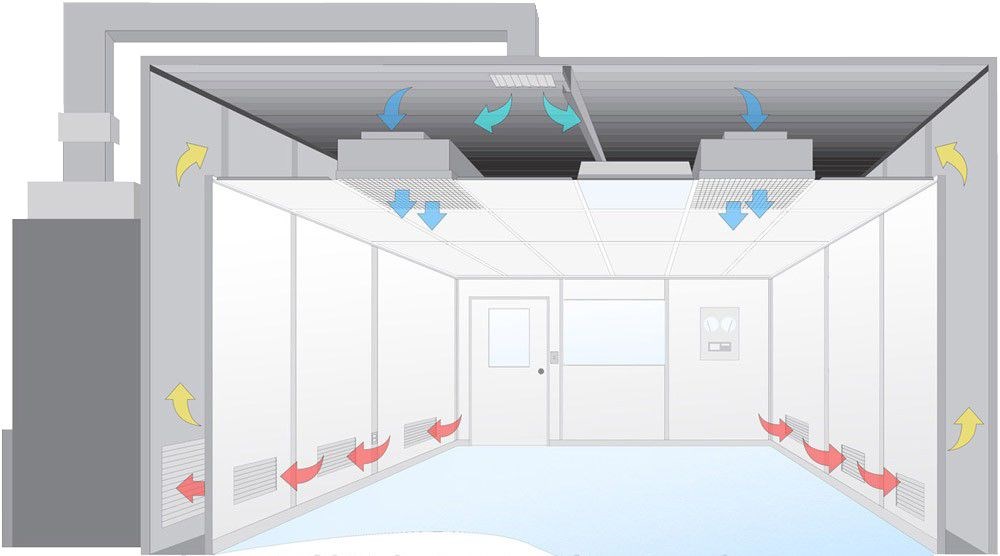Introduction: The Critical Role of Materials and HVAC in Modular Cleanrooms
Modular cleanrooms offer flexible, scalable solutions to meet stringent contamination control standards. The effectiveness of such environments depends greatly on the careful selection of structural and functional materials, as well as meticulously designed HVAC systems. From lightweight aluminum frames to high-efficiency air filtration units, every component contributes to achieving ISO 14644 standards and GMP regulations.
Combining advanced materials with reliable systems, as designed by Deiiang™, ensures environmental stability, safety, and operational efficiency.
Frames: Structural Foundations of Modular Cleanrooms
Frames are the backbone of cleanroom construction. Their selection affects durability, maintenance, and contamination control.
Aluminum Frames
Aluminum offers lightweight, corrosion-resistant properties, highly suitable for cleanroom environments where ease of installation and hygiene are prioritized. Designed in accordance with ASTM B209 standards, aluminum frames by Deiiang™ enable quick assembly and long-term stability.
Steel Frames
Steel provides high strength and load-bearing capacity, ideal for heavy equipment support. Powder-coated or galvanized steel complies with ASTM A123, preventing rust and ensuring hygienic surfaces. Deiiang™’s steel frames are engineered to withstand frequent sanitation processes.
Stainless Steel Frames
Known for exceptional corrosion resistance and aseptic properties, stainless steel frames (grades 304 and 316) are used in ultra-clean areas. Compliant with ASTM A240 standards, they are easily sterilized and are optimal for pharmaceutical manufacturing.
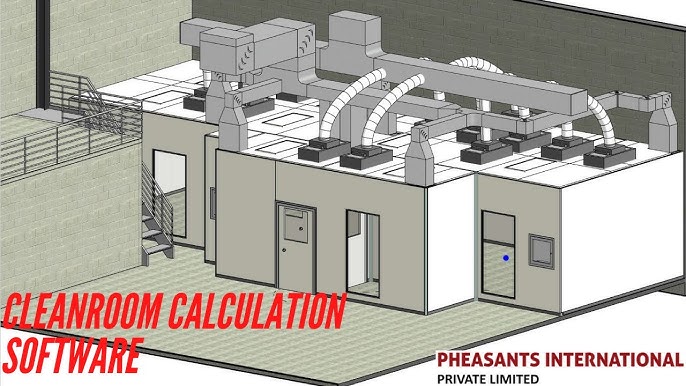
Figure 1: Modular cleanroom frame structure示意图
Wall Panels: Creating a Controlled Environment
Walls in modular cleanrooms must be airtight, durable, and easy to clean.
Hardwall Panels
Hardwall panels provide robust primary barriers and are designed for high sealing standards necessary for isolating critical environments.
1. Sandwich Panels
Consist of insulation cores such as polyurethane or phenolic resin sandwiched between steel or aluminum facings. These panels offer excellent thermal insulation (R-value of approximately 6-7 per inch) and comply with ASTM C518 standards.
2.Acrylic Panels
Transparent, impact-resistant, and easy to sterilize, acrylic panels are used for observation windows or display zones, conforming with NSF/ANSI 51 standards for food contact and safety.
3. Polycarbonate Panels
Offering high impact strength and optical clarity, polycarbonate panels meet UL 94 HB flame retardancy standards, making them suitable for high-traffic areas requiring durability.
Softwall Panels
Softwall panels facilitate flexible configurations, particularly in temporary or semi-permanent cleanroom setups. Made from PVC or similar flexible membrane materials, they meet iso 14644-1 requirements for low particle emission and are easy to maintain.
flooring: Ensuring Cleanliness and Static Control
Flooring in cleanrooms must be seamless, static-free, and chemical resistant.
Epoxy Resin Floor Coatings
Epoxy coatings provide a smooth, durable, and chemically resistant surface, meeting ASTM D4258 requirements, suitable for high foot traffic zones and heavy equipment areas. The typical thickness is 2-3 mm, with static dissipation properties.
PVC Flooring
PVC floors are flexible, impact-resistant, and anti-static, conforming to EN 13845 standards. They are easy to install, making them preferred for temporary high-grade cleanrooms and laboratories.
HVAC System Components: Ensuring Clean air and Environment Stability
Achieving specified ISO cleanliness classes necessitates a well-designed HVAC system featuring several specialized components:
HVAC System Components Overview
- Water System HVAC - Manages humidity and temperature control with ultra-pure water
- Fluor System HVAC - Uses fluorinated refrigerants for efficient cooling
- Air Handling Unit (AHU) - Filters, heats, and cools incoming air with HEPA/ULPA filters
- Compressor - Supplies chilled water or refrigerant for cooling, with VSD for energy efficiency
- Supply Air Ducts - Ensures uniform distribution of conditioned air
- Return Air Ducts - Recycles air back to the filtration system
- Exhaust Air Ducts - Removes contaminated or excess air
- Flow Regulation Valves - Precisely controls airflow rate
- High-Efficiency Air Diffusers - Ensures even air distribution
- Return Air Louvers - Controls and directs return airflow
Air Handling Unit Calculation Example
For a 100m² ISO 5 Cleanroom, typical airflow rates range from 600 to 900 m³/h, ensuring 30-40 air changes per hour (ACH).
ACH = Total airflow (m³/h) / Room volume (m³) Example: ACH = 900 / 300 = 3 ACH
Note: actual ACH targets are higher for sterile environments, typically 600-900 ACH, so appropriate system sizing is vital.
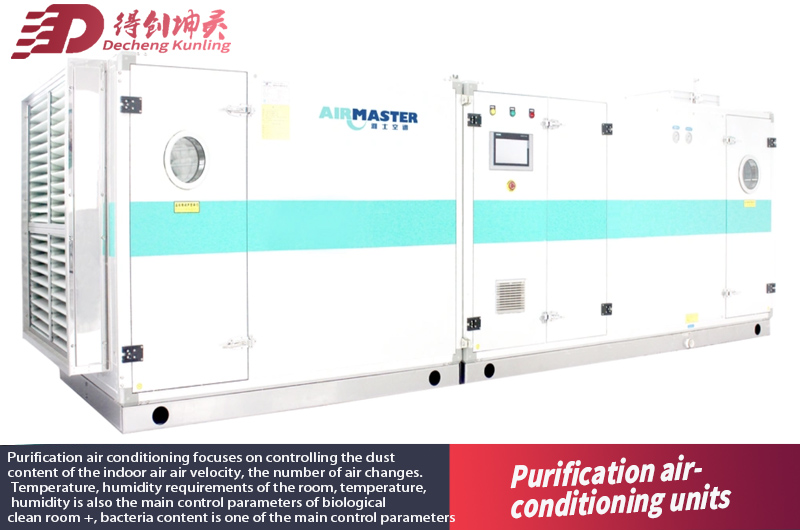
Figure 2: Modular cleanroom HVAC system layout示意图
Key Materials and Compliance Standards
| Material/Component | Key Standards | Key Properties |
|---|---|---|
| Aluminum Frames | ASTM B209 | Lightweight, corrosion-resistant |
| Stainless Steel Frames | ASTM A240 | High corrosion resistance, aseptic |
| Sandwich Panels | ASTM C518 | Excellent thermal insulation |
| Epoxy Flooring | ASTM D4258 | Chemical resistance, static control |
| HEPA Filters | EN 1822 | ≥99.97% efficiency at 0.3 microns |
Frequently Asked Questions (FAQs)
Q1: How often should the filtration systems, like HEPA filters, be replaced?
HEPA filters generally require replacement every 12-24 months, depending on the particle load and operational conditions. Regular testing as per ISO 14644-3 can help determine optimal maintenance intervals.
Q2: What factors influence the selection of duct materials?
Key factors include airtightness, cleanability, corrosion resistance, and compliance with standards such as ASTM E283. Aluminum or galvanized steel are common choices.
Q3: How do I verify that my HVAC system maintains the correct airflow and pressure differentials?
Use calibrated anemometers, manometers, and airflow sensors in accordance with ISO 14644-4 and local regulations during commissioning and routine maintenance to ensure parameters stay within specified ranges.
Conclusion
Building and maintaining a modular cleanroom requires meticulous attention to detail in selecting materials and designing HVAC systems. High-quality wall panels, flooring, and structural frames—such as those supplied by Deiiang™—form the foundation of a sterile environment.
Equally vital are the HVAC components—including AHUs, compressors, ductwork, and airflow regulation devices—that work in concert to deliver precise air purity, temperature, and humidity controls. By adhering to international standards like ISO 14644 and GMP, and leveraging innovative solutions from Deiiang™, facilities can achieve optimal Cleanroom performance, safety, and compliance.
Modular Cleanrooms Materials and HVAC Guide © 2025
 +86 18186671616
+86 18186671616 Jason@cleanroomequips.com
Jason@cleanroomequips.com
 MENU
MENU

